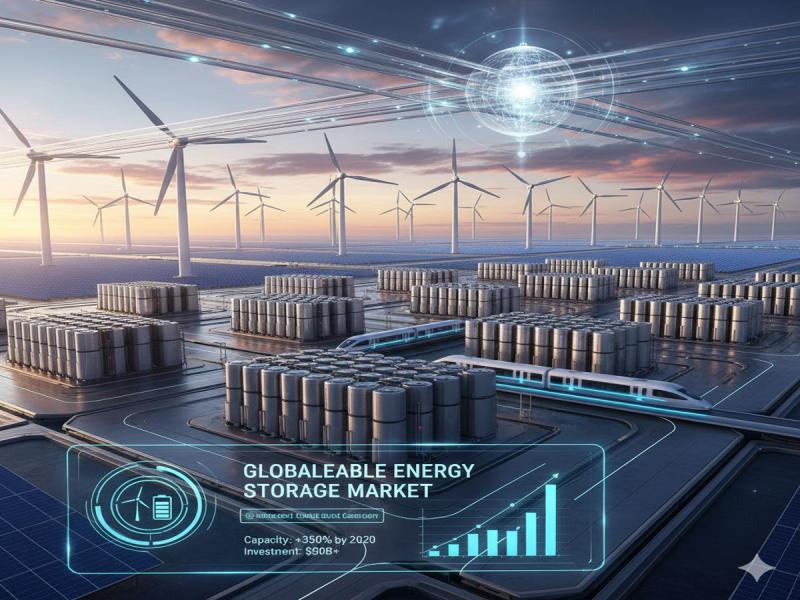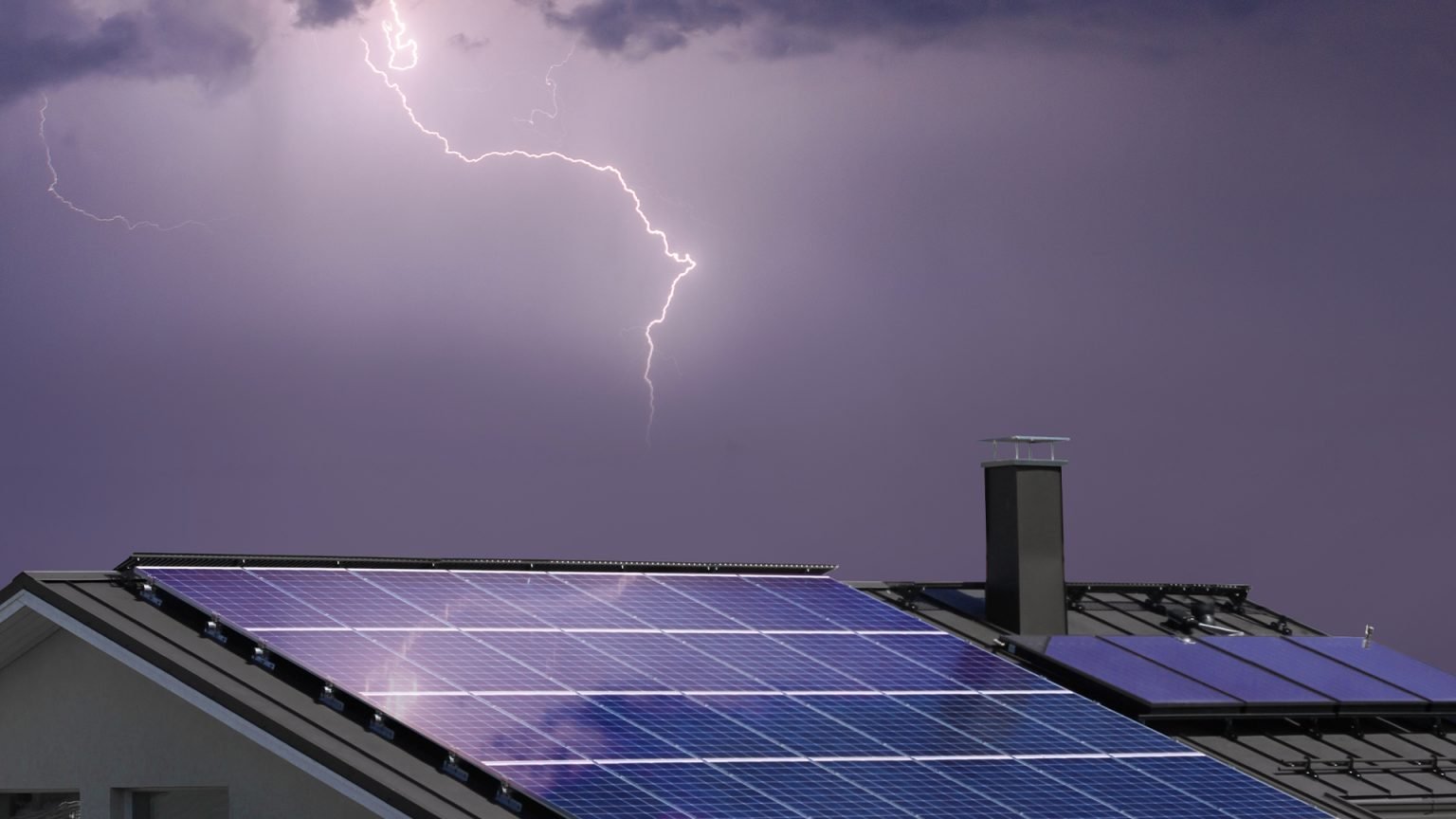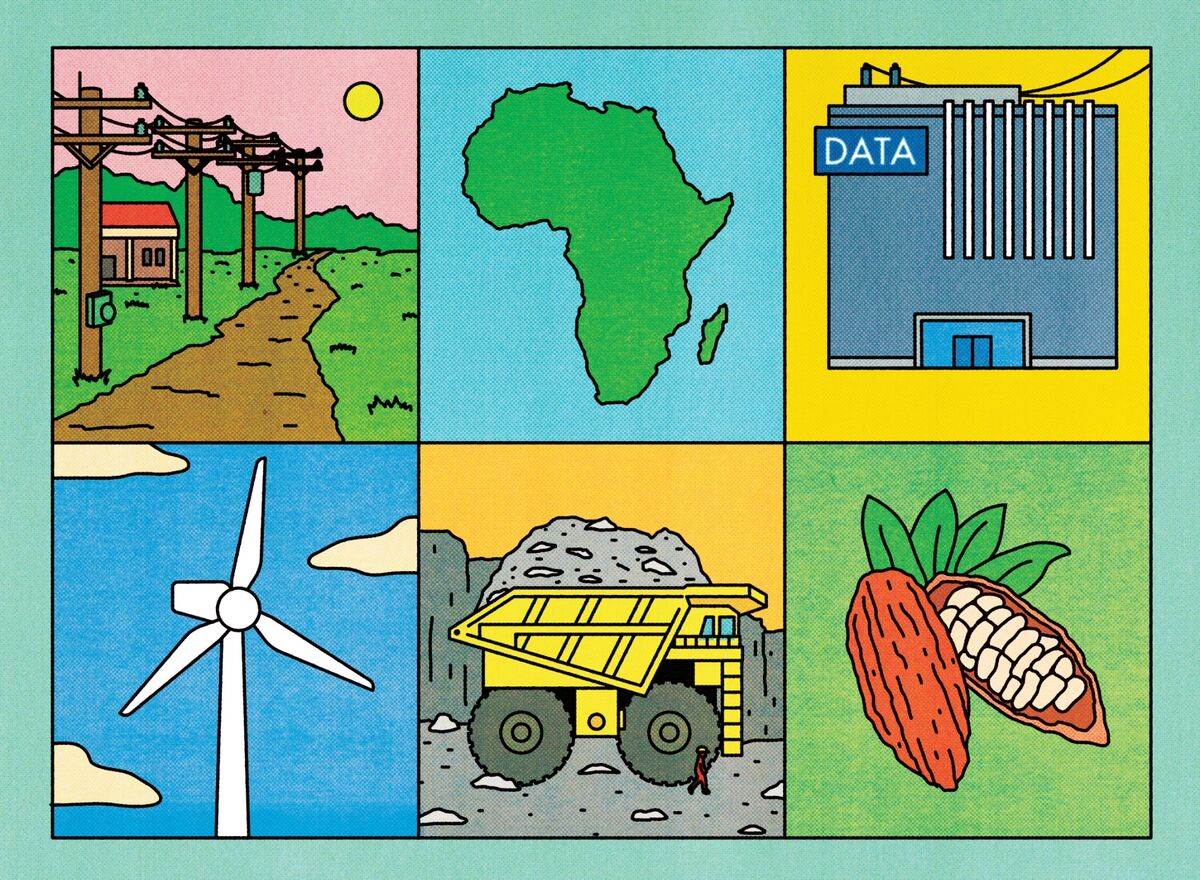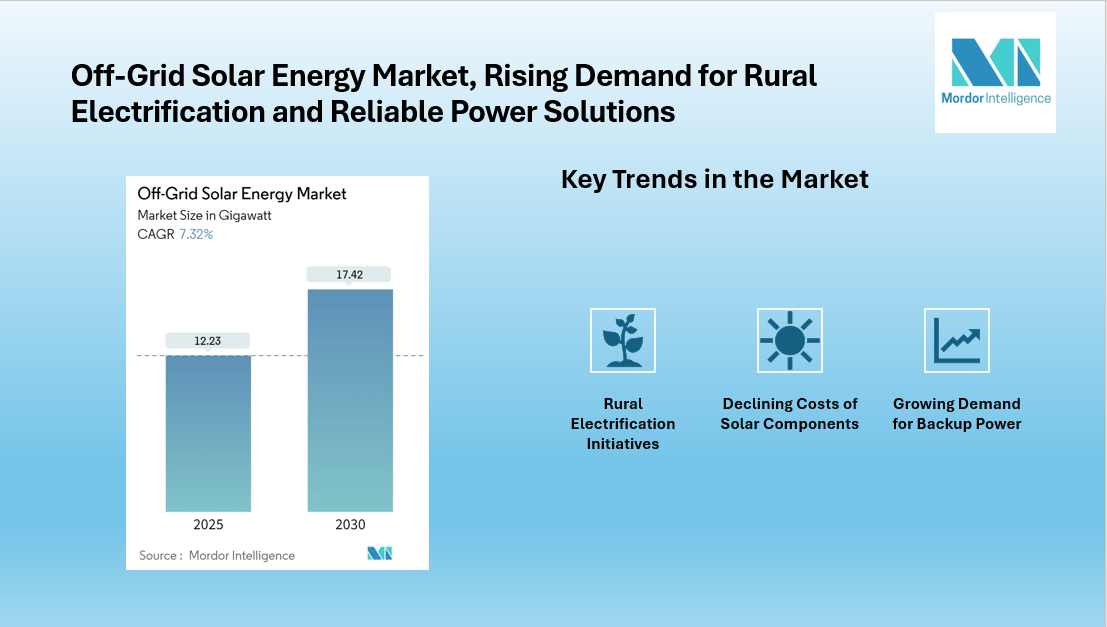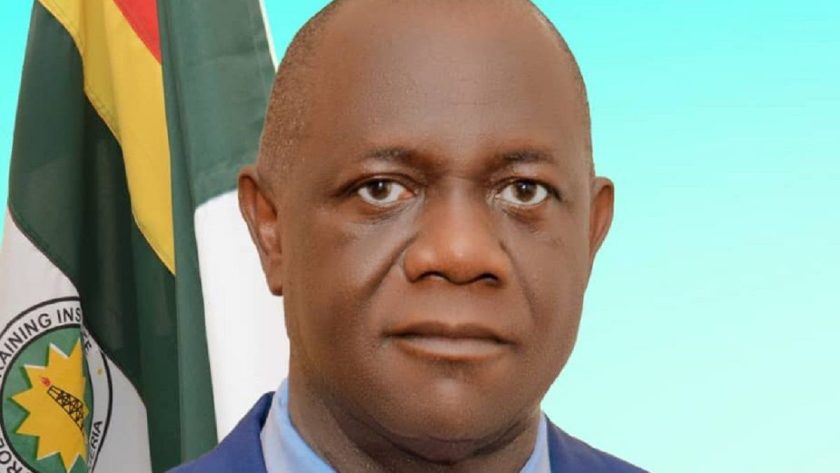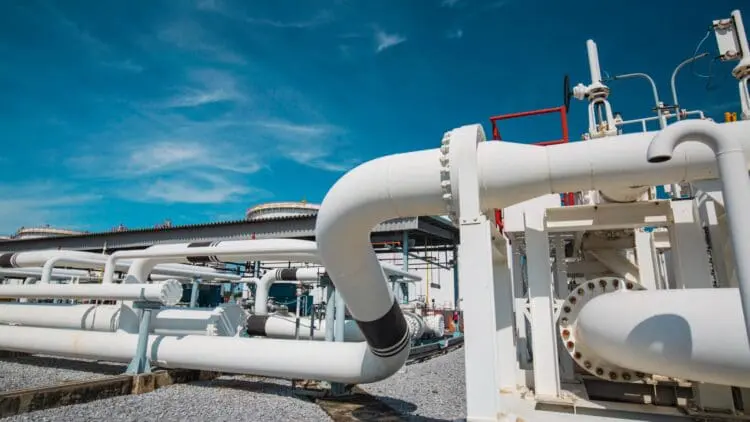Energy Markets

Namibia’s energy sector to add US$3 billion to GDP and create thousands of jobs

Namibia’s emerging energy mix – spanning oil, gas, renewables and green hydrogen – is poised to transform the national economy by the end of the decade, with the combined potential to add more than US$3 billion in annual GDP and create tens of thousands of jobs.
At the Namibia Public-Private Forum held in Windhoek from 23 to 24 October 2025, Dr Grant Muller of the Namibia Green Hydrogen Association and Eduardo Rodriguez of the Namibia Petroleum Operators Association co-chaired the Energy, Oil, Gas and Green Hydrogen Working Group, outlining a consolidated strategy to align the sectors with the Sixth National Development Plan (NDP6) and the Swapo Manifesto Implementation Plan.
Integrated growth vision
The working group described the four sectors as complementary and interdependent, forming the backbone of Namibia’s industrial transformation. The approach positions green hydrogen, hydrocarbons, renewables, and nuclear energy as mutually reinforcing pillars that, together, can unlock Namibia’s long-term energy security, fiscal stability, and export competitiveness.
According to projections tabled at the forum, the combined industries could lift national GDP by between 6.8% and 25% depending on the scale of investment and production achieved by 2030.
Muller said the transformation “requires no direct government equity or funding, only a stable and predictable policy environment.”
The group emphasised that precise, enabling regulation was the key to unlocking multi-billion-dollar private investments and accelerating industrialisation under NDP6.
Namibia’s new export frontier
Namibia’s green hydrogen and ammonia projects are projected to produce 2.2 million tonnes of green ammonia and 2 million tonnes of direct reduced iron (DRI) per year by 2030, surpassing the initial targets of 1.3 million tonnes.
Once commercialised, the sector could inject about US$2 billion annually into GDP and create more than 30,000 direct jobs, with an estimated multiplier effect of two to three times across supporting industries.
The working group said green hydrogen has now moved from feasibility to the financing phase, but lengthy approval processes and fragmented institutional oversight constrain the sector’s growth.
It recommended the establishment of a single inter-ministerial governance framework to coordinate permitting for land, servitudes, environmental clearances and access to export infrastructure.
The group also called for the government to designate flagship hydrogen projects as nationally strategic and to assign a responsible entity with the authority to fast-track approvals and coordination.
On financing, developers are requesting the enactment of sector-specific legislation to provide investors with protection and legal certainty for large-scale project finance. A globally competitive fiscal regime, benchmarked against hydrogen-producing countries such as Mauritania and Saudi Arabia, was also proposed to improve Namibia’s position in the global market.
Converting discoveries into production
In the offshore Orange Basin, Namibia’s oil and gas prospects have gained international attention following discoveries by TotalEnergies, Shell and Galp Energia. The working group said these discoveries could propel Namibia into the ranks of oil-producing nations within the decade if development is accelerated and licensing delays are resolved.
The group projects that by 2030, Namibia could have three final investment decisions (FIDs) and at least one floating production storage and offloading vessel (FPSO) in operation. This initial phase could contribute 6.8% GDP growth, equivalent to US$1 billion annually, and create about 12,000 jobs.
In a high-development scenario of four FPSOs, production could reach 150,000 barrels per day – about 55 million barrels per year – generating approximately US$3.3 billion in GDP contribution and supporting more than 45,000 direct and indirect jobs.
To maintain investor confidence, the working group recommended a phased, flexible implementation of the National Upstream Local Content Policy, with differentiated requirements for the exploration, appraisal, development, and production stages.
It also called for the regular awarding of new exploration licences, noting that none had been issued since 2022. The group urged the Ministry of Mines and Energy to finalise outstanding offers from previous bid rounds and to institute at least one annual licensing round to sustain investor momentum.
To reduce duplication and enhance efficiency, operators are proposing a system to facilitate the trading and sharing of seismic and well information among licensed companies, thereby accelerating prospect appraisal and shortening exploration timelines.
The group further proposed that Namibia ratify the ICSID and New York Conventions, which provide international arbitration mechanisms to safeguard investor rights and to introduce rebalancing mechanisms in petroleum contracts. These would allow contract terms to be adjusted fairly in the event of material changes, such as tax reforms, regulatory shifts, or force majeure events.
Expanding grid and market access
Namibia’s renewable energy programme, supported under NDP6, targets installing 400 MW of renewable capacity by 2030, up from the currently installed 367 MW. Solar and biomass remain the main focus areas, with projections suggesting that local photovoltaic manufacturing alone could contribute N$37 billion to GDP by 2050.
However, the group identified significant infrastructure constraints and minimal transmission capacity for electricity exports.
It called for urgent bilateral engagement with South Africa, Zambia and Botswana to explore grid interconnection and expansion opportunities, including greater utilisation of the Zambezi interconnector and flexibility to allow renewable producers access to the HVDC transmission line.
To encourage private-sector participation in energy infrastructure, the working group recommended legislative amendments that would allow private companies to invest directly in grid expansion and transmission projects.
Regarding the Modified Single Buyer (MSB) market model, the group requested that embedded-generation projects operating under take-or-pay agreements be exempted from complex scheduling and balancing rules, which they say discourage investment.
It further proposed allowing Regional Electricity Distributors (REDs) and Local Authorities (LAs) to enter short-term power purchase agreements – up to 3 years – if they can secure power at a price below NamPower’s current tariff levels, enabling cost reductions for end users.
Employment and fiscal impact
If implemented as planned, the energy, oil, gas and hydrogen portfolio could collectively generate more than 75,000 direct jobs by 2030, with indirect employment effects exceeding 200,000.
The combined GDP contribution is projected to rise to between US$2 billion and US$3.3 billion per annum, depending on the scale of oil output and hydrogen exports.
Renewables are expected to add about 800 direct jobs, while the hydrogen and hydrocarbons sectors will account for the bulk of employment growth through industrialisation and infrastructure development.
The plan aligns with NDP6 economic targets, including achieving 7% annual GDP growth, expanding industrial exports, and supporting the Swapo Manifesto goal of transforming energy into the country’s number-one economic enabler.
Challenges and the path forward
The working group underscored that policy coordination, legislative certainty, and efficient institutional capacity remain the main prerequisites for success.
It is recommended that the government establish an Inter-Ministerial Energy Coordination Mechanism, with representation from the Ministries of Mines and Energy, Environment, Finance, and Industrialisation, as well as NamPower, NamWater, and NamPort.
The mechanism would ensure faster project approval, harmonised regulation, and alignment of infrastructure investments with NDP6 priorities.
As part of the following steps, the group proposed that all pending Energy and Petroleum policy instruments be finalised within six months, and that Namibia position its strategic projects as regional models for energy transition partnerships.



